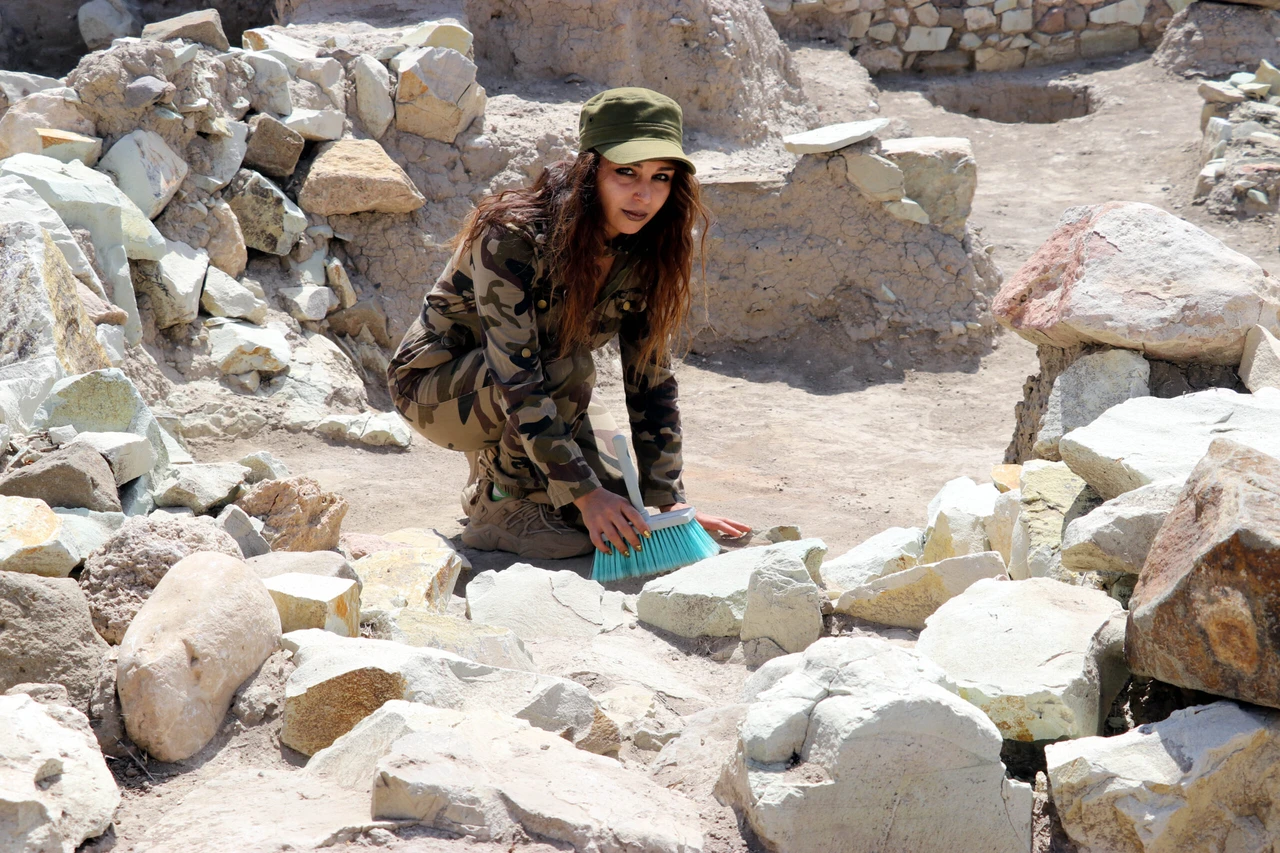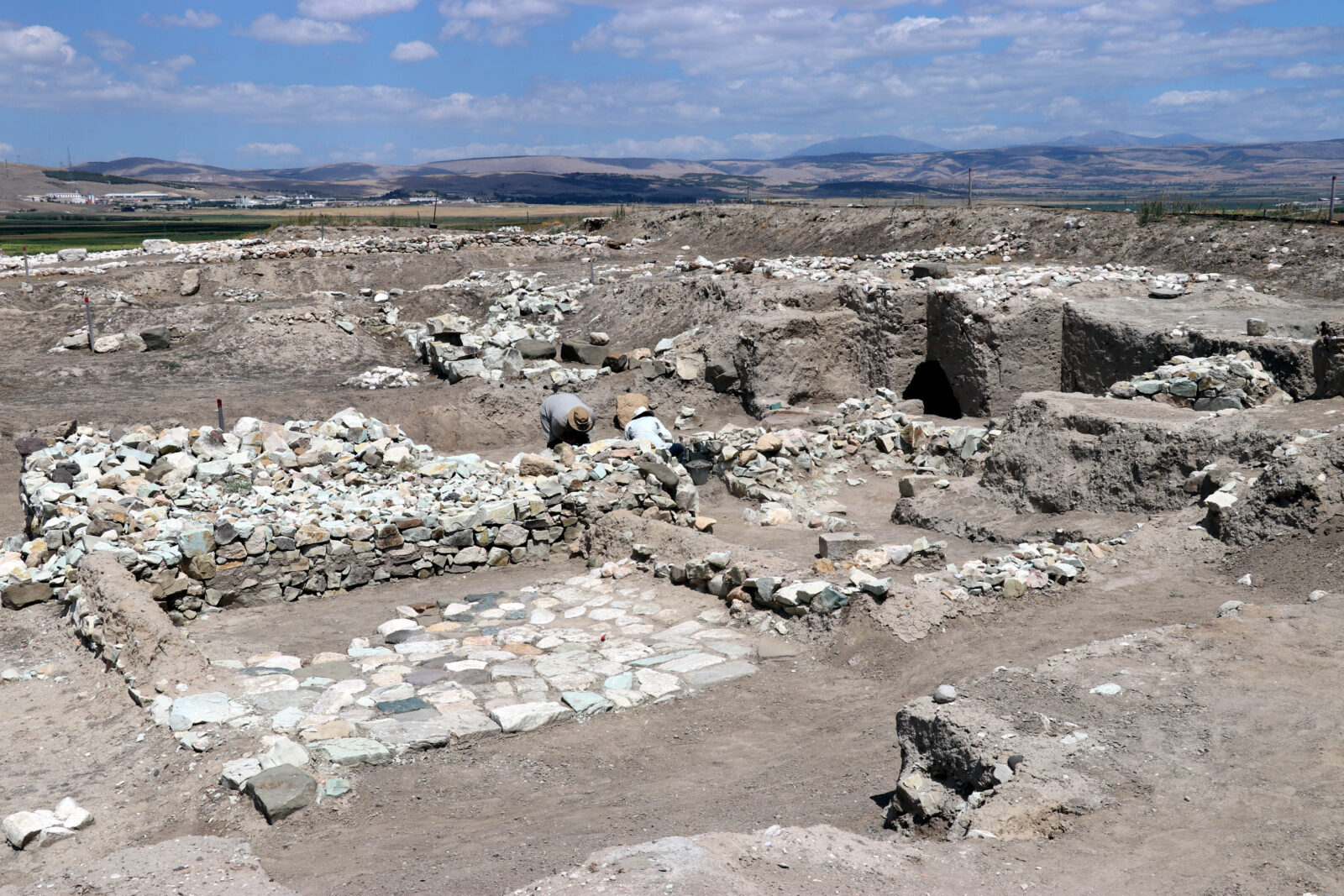Over 2K artifacts discovered in 18 years of excavations at Oluz Hoyuk
 Oluz Hoyuk excavations continue in Amasya, Türkiye, August 31, 2024 (AA Photo)
Oluz Hoyuk excavations continue in Amasya, Türkiye, August 31, 2024 (AA Photo)
More than 2,000 artifacts from six ancient civilizations have been unearthed over 18 years of excavations at Oluz Hoyuk, located in the Goynucek district of Amasya, Türkiye. These excavations, led by professor Sevket Donmez of Istanbul University’s Archaeology Department, have brought to light a variety of significant finds, including pottery, jewelry and statues.
Professor Donmez stated that the excavation work at Oluz Hoyuk, which began in 2007, has now reached a mature level. “We’ve developed a thorough understanding of the site’s stratification, and in these 18 years, we’ve begun to solidify Amasya’s history through tangible evidence,” he said.

8 civilizations traced at Oluz Hoyuk
The settlement at Oluz Hoyuk dates back to around 4,500 B.C. during the Chalcolithic (Copper) Age. Donmez explained that the site provides a clear historical narrative from this era through to the arrival of the first Turkish communities in Anatolia.
“The settlement ends during the Hellenistic Period, around 47 B.C., with the famous Battle of Zela, where Roman commander Julius Caesar declared, ‘I came, I saw, I conquered,’ marking the end of Mithridates’ military presence in the area,” Donmez added.
The excavation team has identified layers from the Early Bronze Age, the Assyrian Trade Colonies, the Hittite, Phrygian, Persian, Median, and Hellenistic periods, as well as evidence of Anatolia’s first Turkish settlers.

Long-term project uncovering Amasya’s ancient history
Professor Donmez emphasized that the work at Oluz Hoyuk is far from complete, with excavation efforts expected to continue for at least another 50 years, possibly extending even longer.
“We haven’t been able to excavate the entire settlement yet due to its vast size. Certain periods, such as the Phrygian, Median, Persian, and early Turkish graves, have revealed more monumental architecture, and we’ve focused our efforts on these periods,” he explained.
In total, over 2,000 artifacts have been cataloged and delivered to the Amasya Museum, with some currently on display. Donmez concluded by noting the significance of these finds and their contribution to understanding the region’s rich history.



